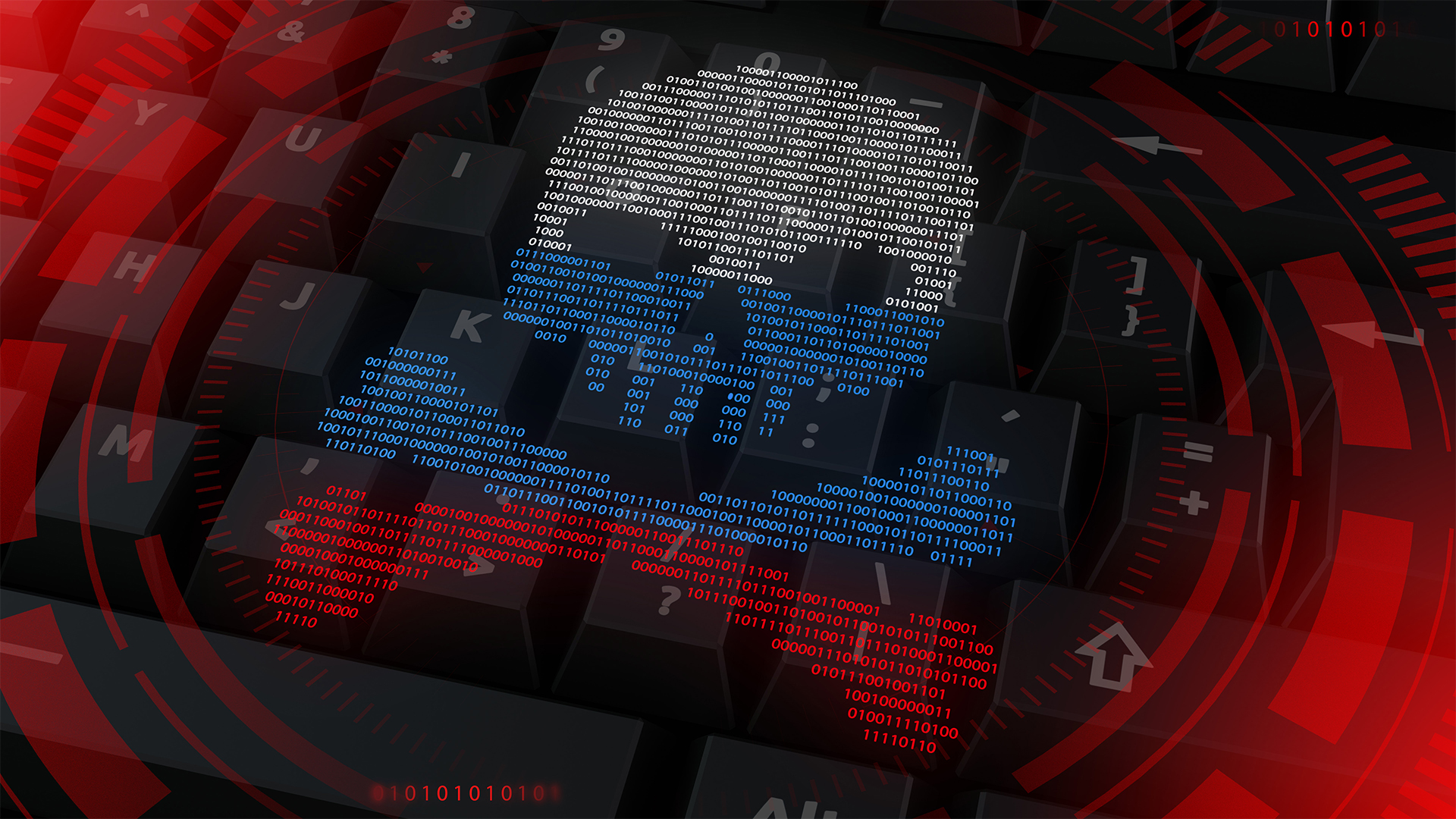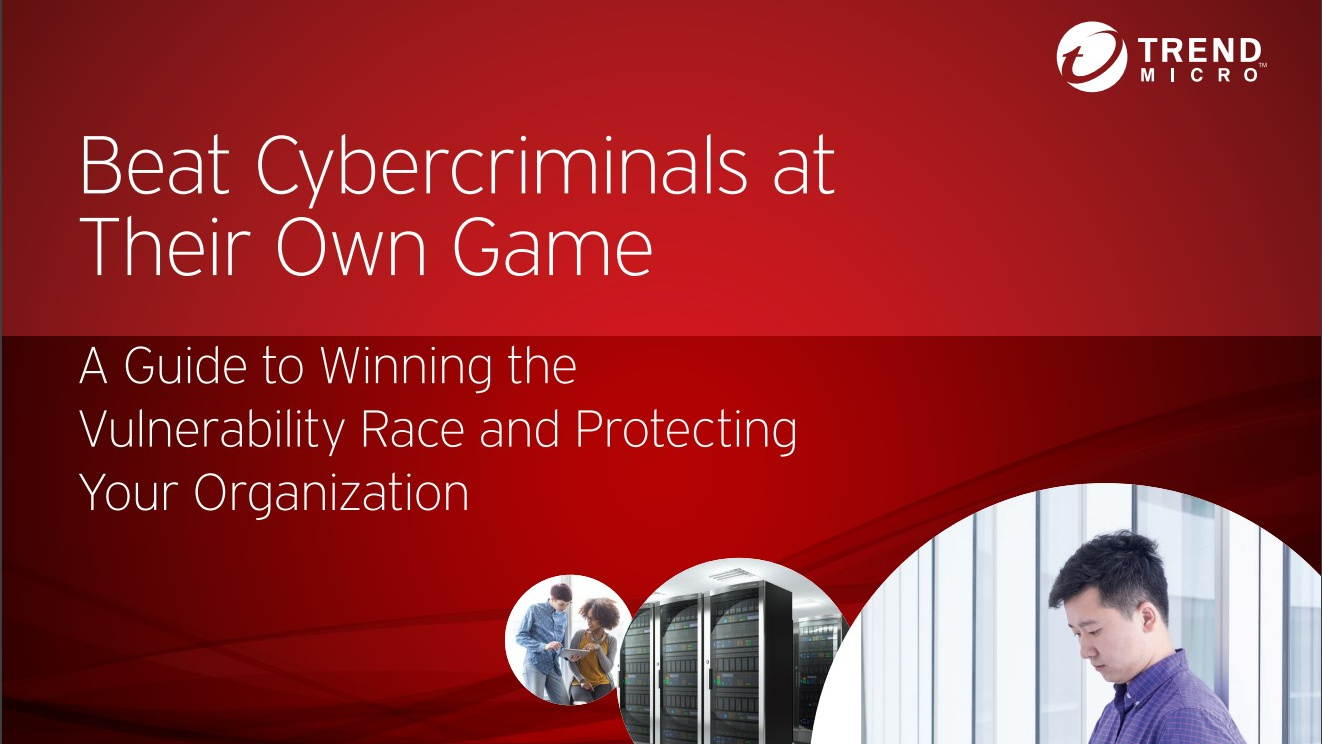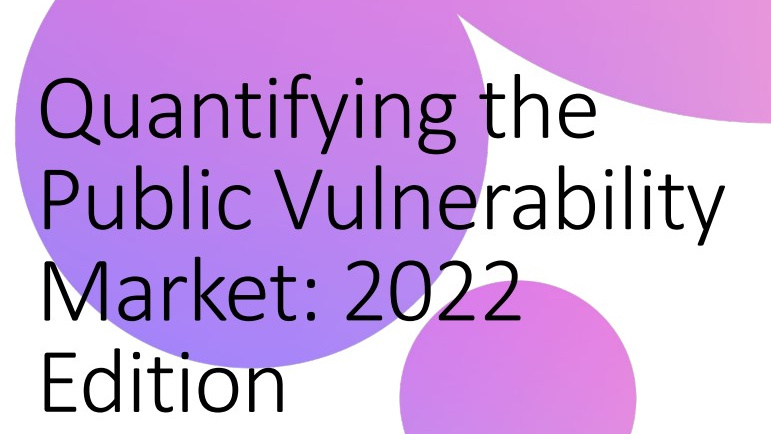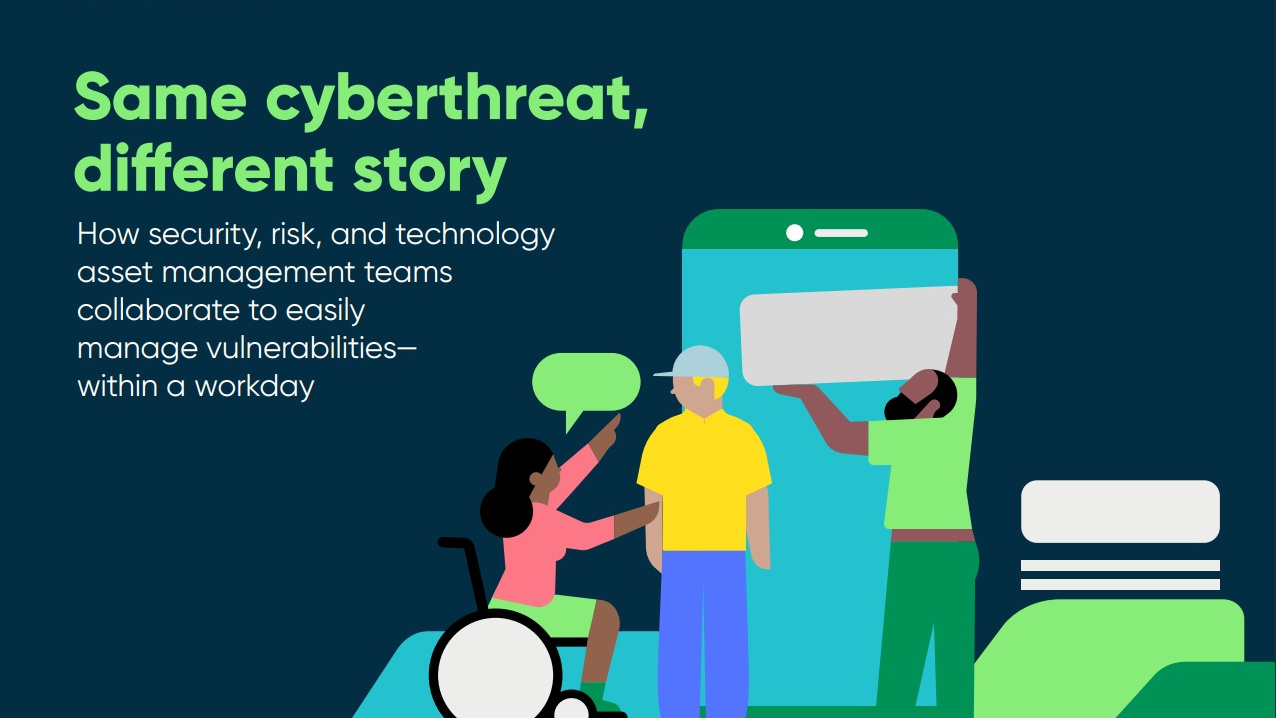NCSC unveils new cyber attack classification system
The framework categorises everything from individual hacks up to national cyber emergencies


The UK's national cyber security body has announced a new categorisation system to classify cyber attacks, in an effort to help intelligence operatives and law enforcement prioritise their response to hacks.
As part of its inaugural CYBERUK security conference, the National Cyber Security Centre (NCSC) yesterday launched the new framework, which comprises six levels of severity, from a minor individual attack all the way up to a catastrophic attack on the UK's national infrastructure.
Upon identifying an attack, the NCSC's incident response teams will use the new framework to classify the attack and allocate the appropriate resources to deal with it based on the severity of the incident.
"This new joint approach, developed in partnership with UK law enforcement, will strengthen the UK's ability to respond to the significant, growing and diverse cyber threats we face," said NCSC director of operations, Paul Chichester. "The new system will offer an improved framework for dealing with incidents, especially as GDPR and the NIS Directive come into force shortly."
Attack categories range from one to six based on impact and severity, with a category six attack defined as a "localised incident" such as an individual being hacked. This level of attack, according to the NCSC, will typically only warrant a direct response from local police, acting in a support capacity.
Responses to more severe attacks - such as a category three "significant incident" - will be led by the NCSC directly, who will be on-hand to provide remote analysis, as well as on-site support.
The highest level of threat is the category one "national cyber emergency". This type of threat - which NCSC head Ciaran Martin has warned the UK will inevitably face sooner or later - is one which attacks critical infrastructure like power grids, utilities or hospitals and leads to "severe economic or social consequences or to loss of life".
Sign up today and you will receive a free copy of our Future Focus 2025 report - the leading guidance on AI, cybersecurity and other IT challenges as per 700+ senior executives
In the event of a category one attack, a "coordinated cross-government response" will be spearheaded by COBRA, with NCSC and law enforcement working closely with relevant government departments to offer mitigation and analysis.
| Row 0 - Cell 0 | Category definition | Who responds? | What do they do? |
| Category 1National cyber emergency | A cyber attack which causes sustained disruption of UK essential services or affects UK national security, leading to severe economic or social consequences or to loss of life. | Immediate, rapid and coordinated cross-government response. Strategic leadership from Ministers / Cabinet Office (COBR), tactical cross-government coordination by NCSC, working closely with Law Enforcement. | Coordinated on-site presence for evidence gathering, forensic acquisition and support. Collocation of NCSC, Law Enforcement, Lead Government Departments and others where possible for enhanced response. |
| Category 2Highly significant incident | A cyber attack which has a serious impact on central government, UK essential services, a large proportion of the UK population, or the UK economy. | Response typically led by NCSC (escalated to COBR if necessary), working closely with Law Enforcement (typically NCA) as required. Cross-government response coordinated by NCSC. | NCSC will often provide on-site response, investigation and analysis, aligned with Law Enforcement criminal investigation activities. |
| Category 3Significant incident | A cyber attack which has a serious impact on a large organisation or on wider / local government, or which poses a considerable risk to central government or UK essential services. | Response typically led by NCSC, working with Law Enforcement (typically NCA) as required. | NCSC will provide remote support and analysis, standard guidance; on-site NCSC or NCA support may be provided. |
| Category 4Substantial incident | A cyber attack which has a serious impact on a medium-sized organisation, or which poses a considerable risk to a large organisation or wider / local government. | Response led either by NCSC or by Law Enforcement (NCA or ROCU), dependent on the incident. | NCSC or Law Enforcement will provide remote support and standard guidance, or on-site support by exception. |
| Category 5Moderate incident | A cyber attack on a small organisation, or which poses a considerable risk to a medium-sized organisation, or preliminary indications of cyber activity against a large organisation or the government. | Response led by Law Enforcement (likely ROCU or local Police Force), with NCA input as required. | Law Enforcement will provide remote support and standard guidance, with on-site response by exception. |
| Category 6Localised incident | A cyber attack on an individual, or preliminary indications of cyber activity against a small or medium-sized organisation. | Automated Protect advice or local response led by Law Enforcement (likely local Police Force). | Remote support and provision of standard advice. On-site response by exception. |
The announcement has been welcomed by top law enforcement officials.
National Police Chiefs' council lead for cybercrime, chief constable Peter Goodman, said: "This is a hugely important step forward in joint working between law enforcement and the intelligence agencies.
"Sharing a common lexicon enables a collaborative understanding of risk and severity that will ensure that we provide an effective, joined-up response. This is good news for the safety of our communities, business and individuals."
The new category framework will replace the existing three-tiered structure, and will go into effect immediately.
Picture: Bigstock
Adam Shepherd has been a technology journalist since 2015, covering everything from cloud storage and security, to smartphones and servers. Over the course of his career, he’s seen the spread of 5G, the growing ubiquity of wireless devices, and the start of the connected revolution. He’s also been to more trade shows and technology conferences than he cares to count.
Adam is an avid follower of the latest hardware innovations, and he is never happier than when tinkering with complex network configurations, or exploring a new Linux distro. He was also previously a co-host on the ITPro Podcast, where he was often found ranting about his love of strange gadgets, his disdain for Windows Mobile, and everything in between.
You can find Adam tweeting about enterprise technology (or more often bad jokes) @AdamShepherUK.
-
 Trump's AI executive order could leave US in a 'regulatory vacuum'
Trump's AI executive order could leave US in a 'regulatory vacuum'News Citing a "patchwork of 50 different regulatory regimes" and "ideological bias", President Trump wants rules to be set at a federal level
-
 TPUs: Google's home advantage
TPUs: Google's home advantageITPro Podcast How does TPU v7 stack up against Nvidia's latest chips – and can Google scale AI using only its own supply?
-
 Foreign states ramp up cyberattacks on EU with AI-driven phishing and DDoS campaigns
Foreign states ramp up cyberattacks on EU with AI-driven phishing and DDoS campaignsNews ENISA warns of hacktivism, especially through DDoS attacks
-
 A new 'top-tier' Chinese espionage group is stealing sensitive data
A new 'top-tier' Chinese espionage group is stealing sensitive datanews Phantom Taurus has been operating for two years and uses custom-built malware to maintain long-term access to critical targets
-
 ‘States don’t do hacking for fun’: NCSC expert urges businesses to follow geopolitics as defensive strategy
‘States don’t do hacking for fun’: NCSC expert urges businesses to follow geopolitics as defensive strategyNews Paul Chichester, director of operations at the UK’s National Cyber Security Centre, urged businesses to keep closer tabs on geopolitical events to gauge potential cyber threats.
-
 Three ways to evolve your security operations
Three ways to evolve your security operationsWhitepaper Why current approaches aren’t working
-
 Beat cyber criminals at their own game
Beat cyber criminals at their own gameWhitepaper A guide to winning the vulnerability race and protection your organization
-
 Quantifying the public vulnerability market: 2022 edition
Quantifying the public vulnerability market: 2022 editionWhitepaper An analysis of vulnerability disclosures, impact severity, and product analysis
-
 Same cyberthreat, different story
Same cyberthreat, different storyWhitepaper How security, risk, and technology asset management teams collaborate to easily manage vulnerabilities
-
 Business value of ServiceNow security operations
Business value of ServiceNow security operationsWhitepaper Experience transformational gains from automating workflows and data-sharing among IT, security, and risk teams to rapidly remediate threats
